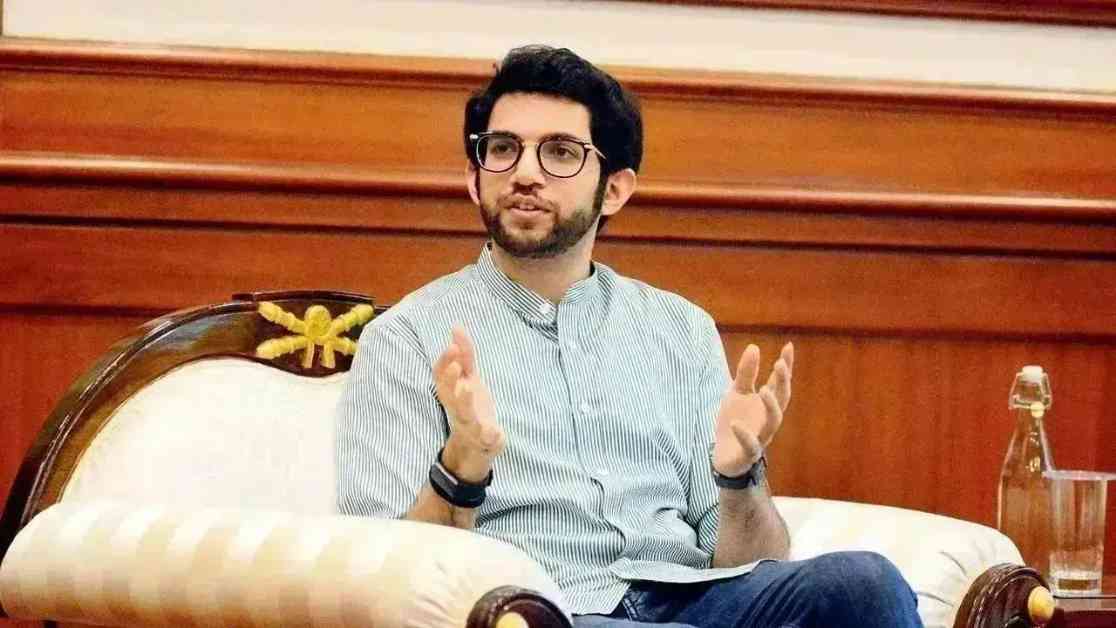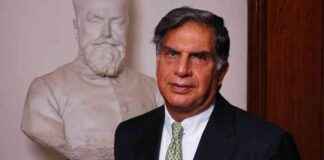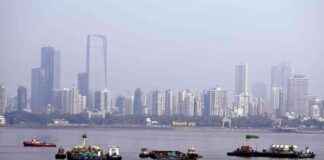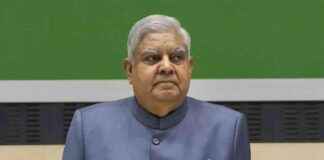The recent announcement of the relocation of the Controller General of Patents, Designs, and Trademarks (CGPDTM) office from Mumbai to Delhi has sparked a heated debate between Shiv Sena leader Aaditya Thackeray and Union Minister Piyush Goyal. This move, which is aimed at better alignment and functional augmentation, has raised concerns and accusations of betrayal towards Mumbai. Let’s delve deeper into this controversial decision and the reactions it has stirred.
Aaditya Thackeray, a prominent figure in the Shiv Sena party, took to social media to express his dismay over the relocation of the CGPDTM office to Delhi. He shared a Commerce Ministry order dated December 3, 2024, as evidence of this shift. Thackeray accused Union Minister Piyush Goyal of betraying Mumbai and disrespecting the city’s contributions.
In response, Goyal refuted Thackeray’s claims, calling his aggression premature and based on half-baked information. The Union Minister clarified that while the administrative and finance division of the CGPDTM office would be based in Delhi, the Head Office of the Trademark and Patent office in Mumbai would continue its operations. Goyal emphasized the government’s commitment to supporting innovators and entrepreneurs in India through better alignment and functional augmentation.
The exchange between Thackeray and Goyal highlights the tensions surrounding the relocation of the patents office and the perceived implications for Mumbai. While Thackeray sees it as a betrayal of the city’s trust, Goyal defends the decision as a strategic move to enhance support for India’s innovators.
Expert Insights on the Patents Office Relocation
To gain further understanding of the implications of relocating the CGPDTM office, we turned to industry experts for their insights. Dr. Priya Rao, a patent law specialist, shared her perspective on the potential impact of the move.
Dr. Rao highlighted the importance of maintaining a strong presence in Mumbai, a hub of innovation and intellectual property activity. She expressed concerns about the logistical challenges that could arise from splitting the administrative functions of the patents office between Mumbai and Delhi. Dr. Rao emphasized the need for clear communication and collaboration between the two locations to ensure a smooth transition and continued support for patent holders.
In conclusion, the relocation of the Controller General of Patents, Designs, and Trademarks office from Mumbai to Delhi has sparked a contentious debate between political figures and raised questions about the implications for the city’s innovation ecosystem. While Aaditya Thackeray and Piyush Goyal offer contrasting views on the decision, the ultimate goal remains to support India’s innovators and entrepreneurs through strategic alignment and functional augmentation. The future of the patents office relocation will depend on effective communication, collaboration, and a shared commitment to fostering innovation in the country.




















